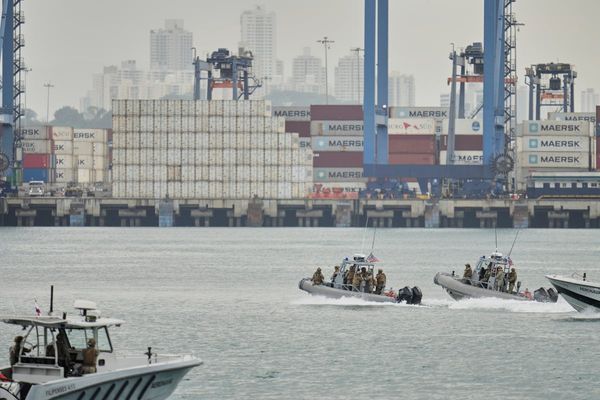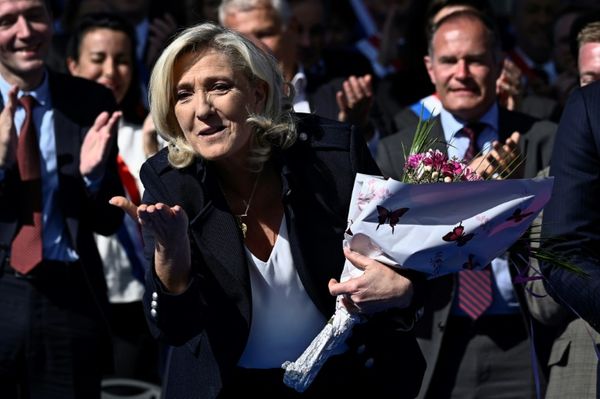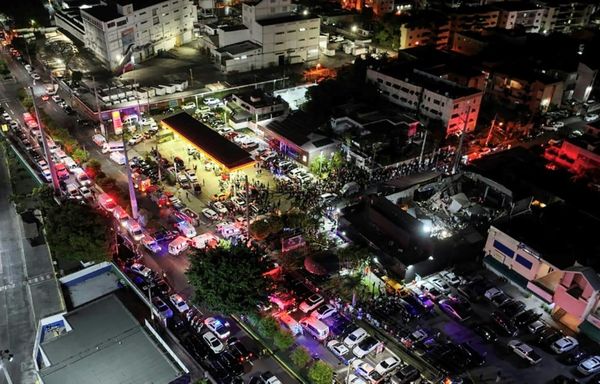Russian bloggers with hundreds of thousands of followers have been publishing reports from the city of Mariupol, in southeastern Ukraine. Embedded in Russian military units, they film videos close to the action, capturing the intense fighting that has been raging in the port city for weeks. On Telegram, they publish these videos to share a pro-Kremlin narrative of the war, which sometimes borders on disinformation.
Mariupol residents thanking Russian soldiers for "liberating" their city, Russian troops smiling and confident ... these are the kinds of stories of the war in Ukraine shared on the YouTube and Telegram channels of "War Gonzo". In a video shared on April 20, 2022, Russian soldiers say hello to their families and congratulate themselves for eliminating the "banderovtsy", a term used for Ukrainian nationalists.
This Telegram channel is run by Semyon Pegov, a former journalist for the Russian TV channel LifeNews in Donbas, eastern Ukraine. In 2017, he became a war blogger and now he has 800,000 followers on YouTube and over a million on Telegram. He has covered the protests in Belarus against the re-election of President Lukashenko in August 2020 as well as the war in Nagorno-Karabakh between Armenia and Azerbaijan in the fall of 2020.
But Donbas remains his area of expertise: in February 2020, he made a documentary about the battle of Debaltseve, a city that fell to separatist forces in 2015. The film earned him praise from the leader of the self-proclaimed Donetsk Republic (DNR), Denis Pushilin, who attended the screening. Today, Pegov is embedded in the "Somalia" battalion of the DNR armed forces. He shares videos of their day-to-day operations on Telegram.
'They are actively misrepresenting a lot of things that are happening'
Jack Margolin is a conflict specialist at the American Center for Advanced Defense Studies (C4ADS). He says the videos published by War Gonzo often fall somewhere between journalism and disinformation.
You get the full spectrum, from genuine accurate reporting all the way to something completely fabricated.
Some videos he released show one of the battalions associated with the separatist republics being welcomed by adoring locals outside of Donetsk. They’re waving the DNR flag, but they’re also waving flags of a local civil society organisation that’s quite active in propaganda, and almost certainly was involved in bringing people out to do that.
In this War Gonzo report, inhabitants of Mariupol wave white flags with a blue and red logo (seen at 0:23 and 0:38). These are flags of the civil society organisation "Young Republic", an association that implements civic projects supporting veterans as well as troops from the DNR armed forces.
You’ll also see things that are less overt fabrication: it can be things like selective reporting. He’s fortunate to be embedded with units that are having success, in places where Russia is having success, like Mariupol. Because of that, he can present a very positive image of the war.
War Gonzo isn't the only war blogger on the ground in Ukraine. Vladlen Tatarsky, a former Russian soldier who fought in the Donbas in 2014, runs a large community on YouTube, posting videos from combat zones.
They’re writing books, they’re selling merchandise, they’re making money doing this. Because of that, it behooves them to dramatise this and to emphasize the danger that they’re in, the danger of the conflict.
All of that is reason to be extremely cautious when reporting on these guys. They are actively misrepresenting a lot of things that are happening. But they could also be a useful window into things we might not otherwise see.
After two months of intense fighting, the city of Mariupol is now largely controlled by the Russian armed forces. Thousands of fighters from the Ukrainian army's Azov battalion are still entrenched in the Azovstal steel plant. The last independent journalists were forced to leave the city at the end of March, making it more difficult to get information from the ground.







